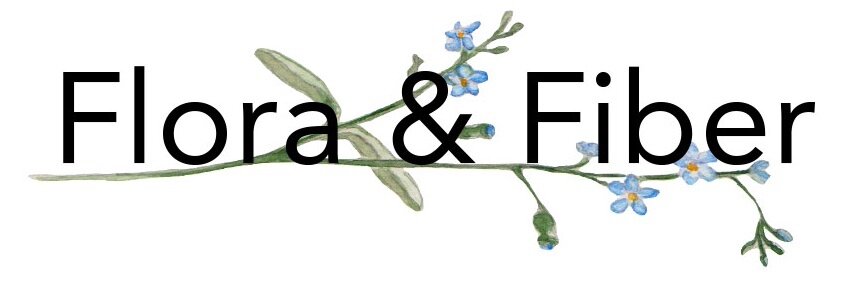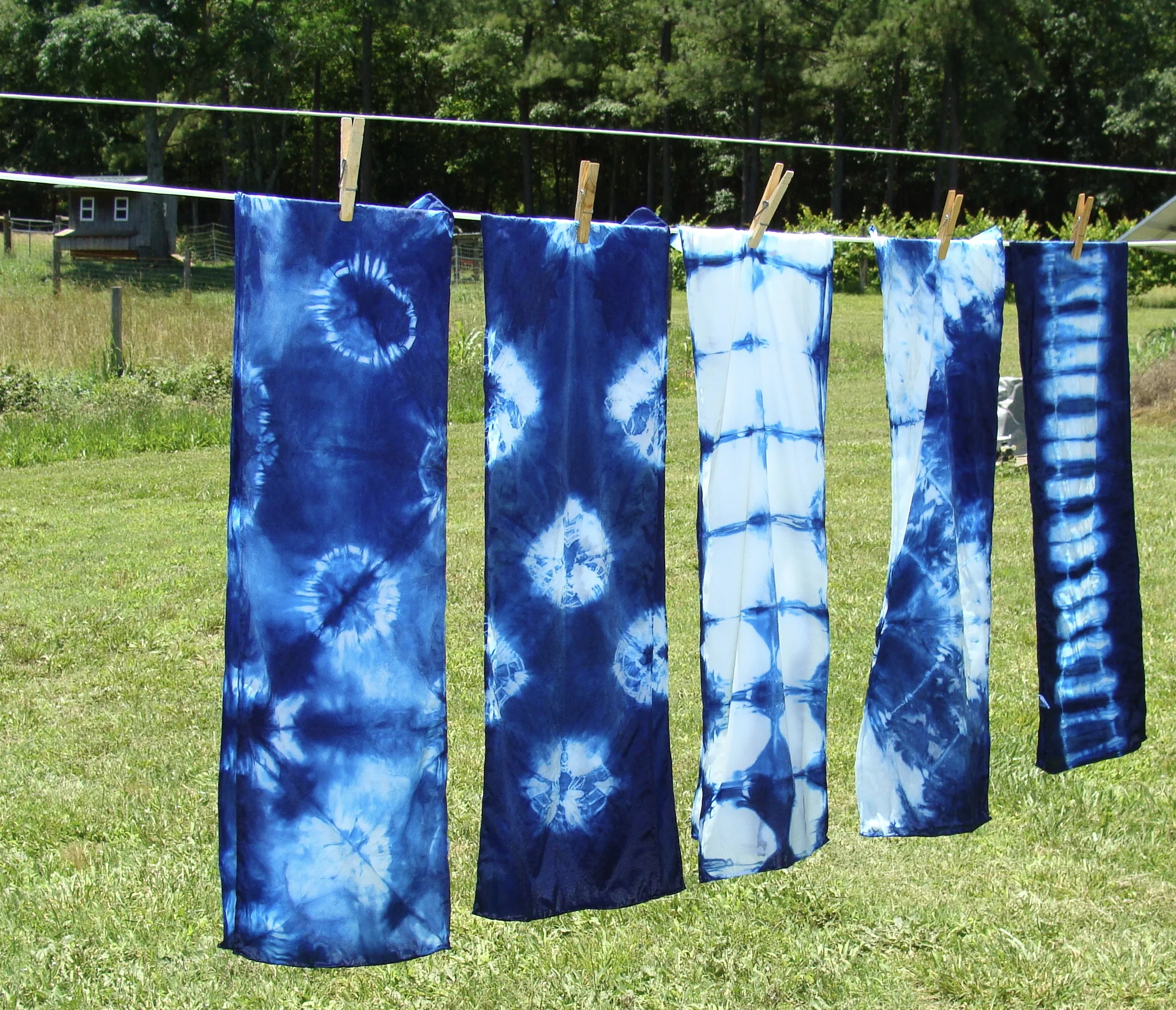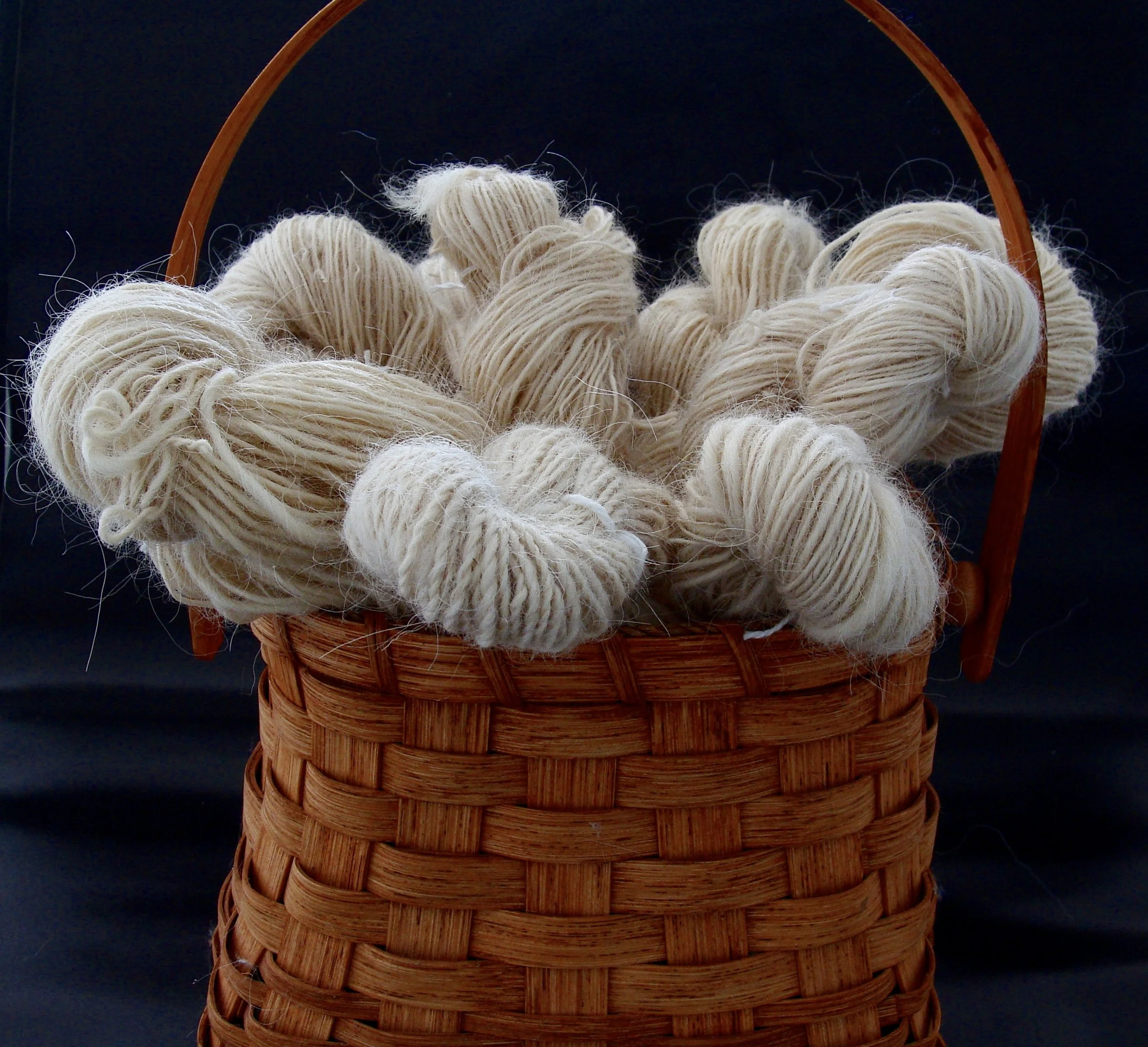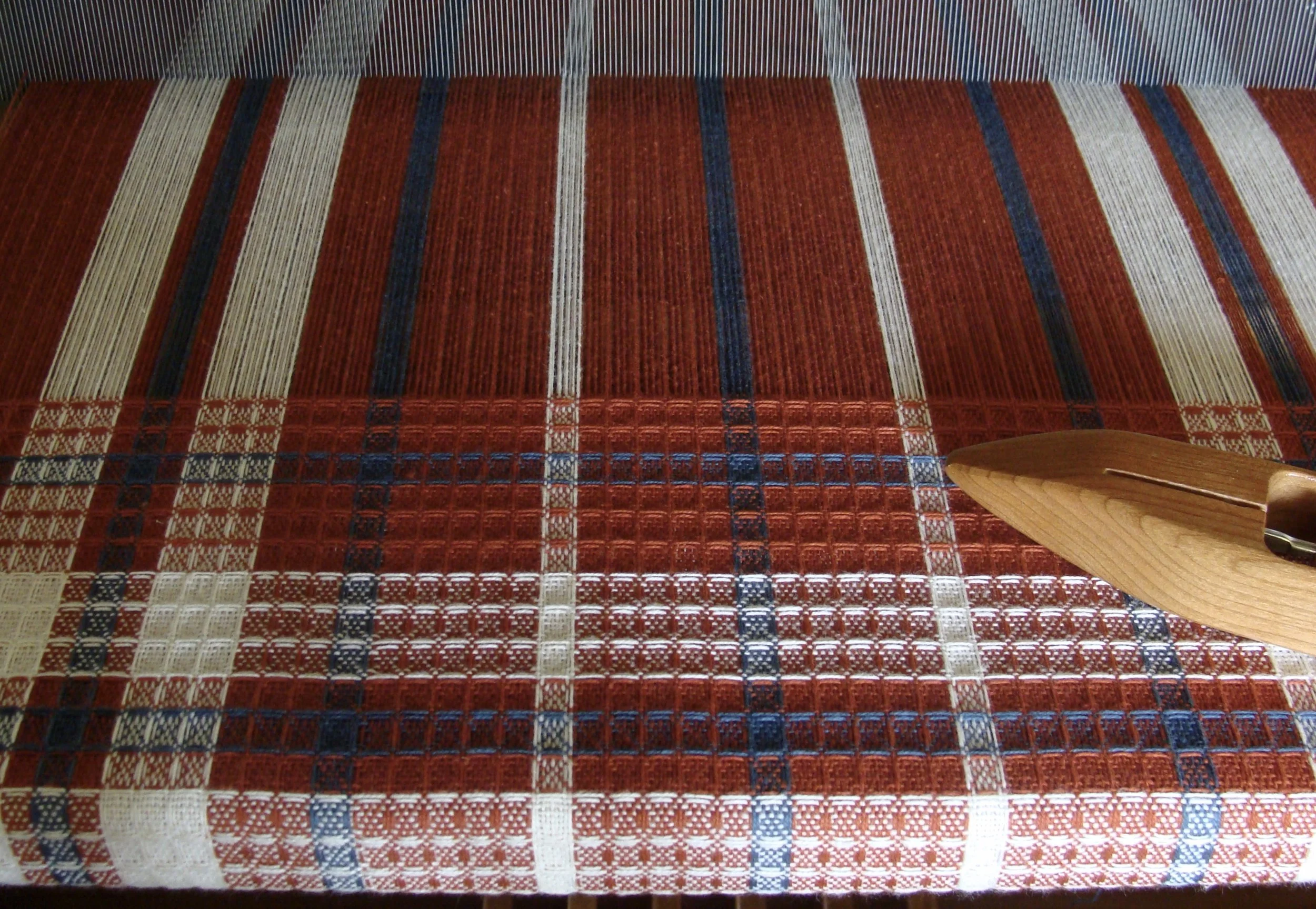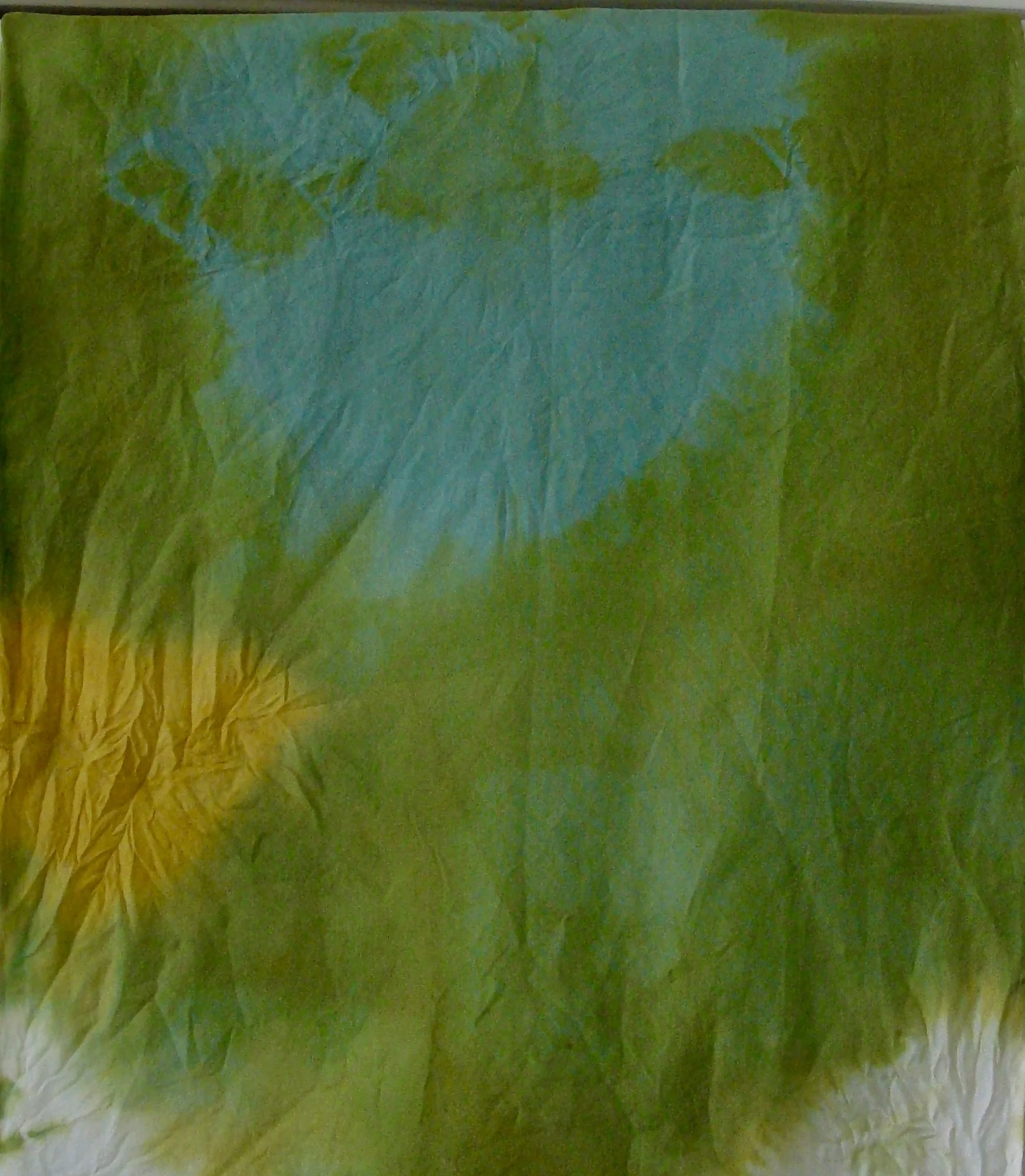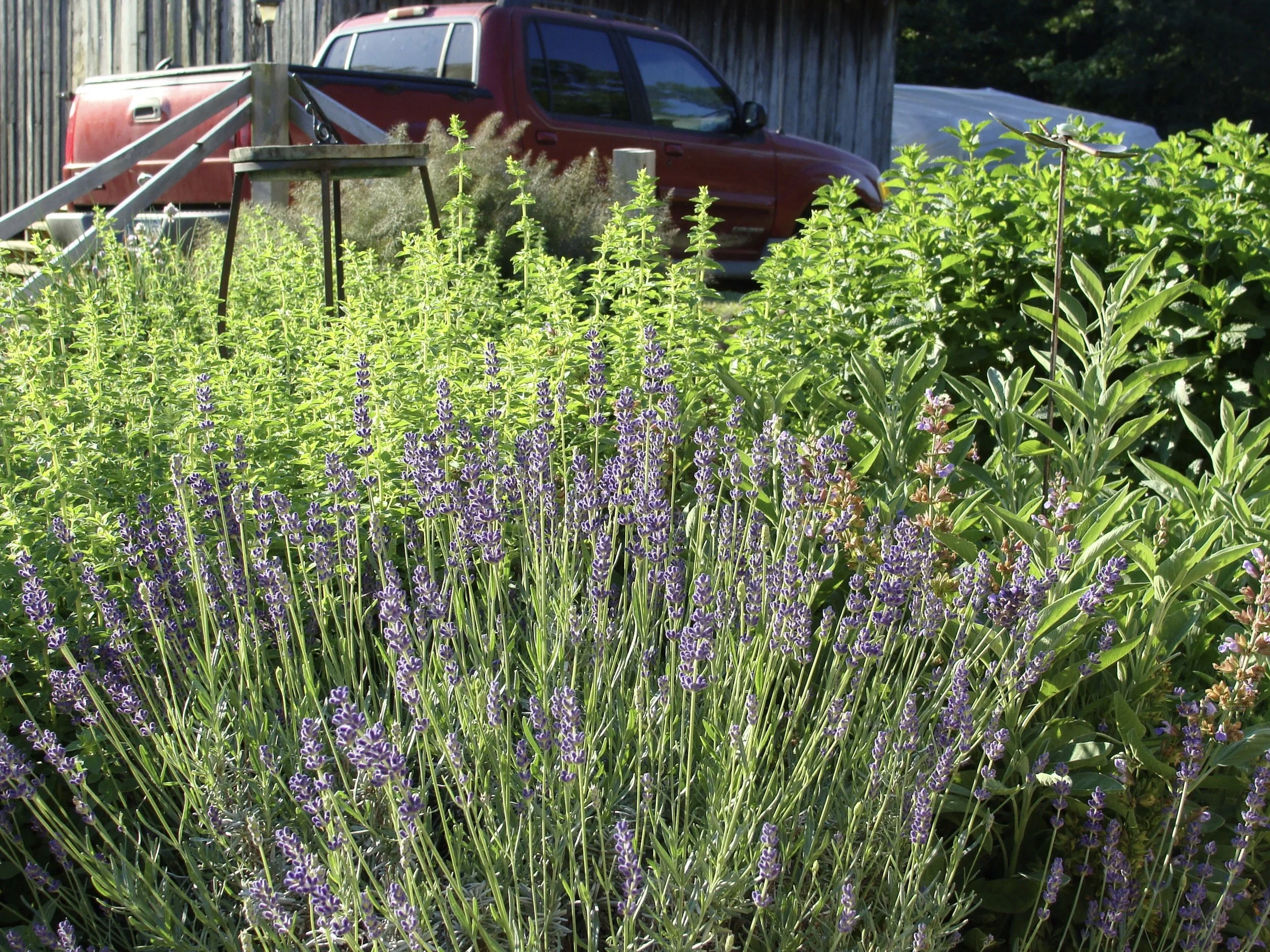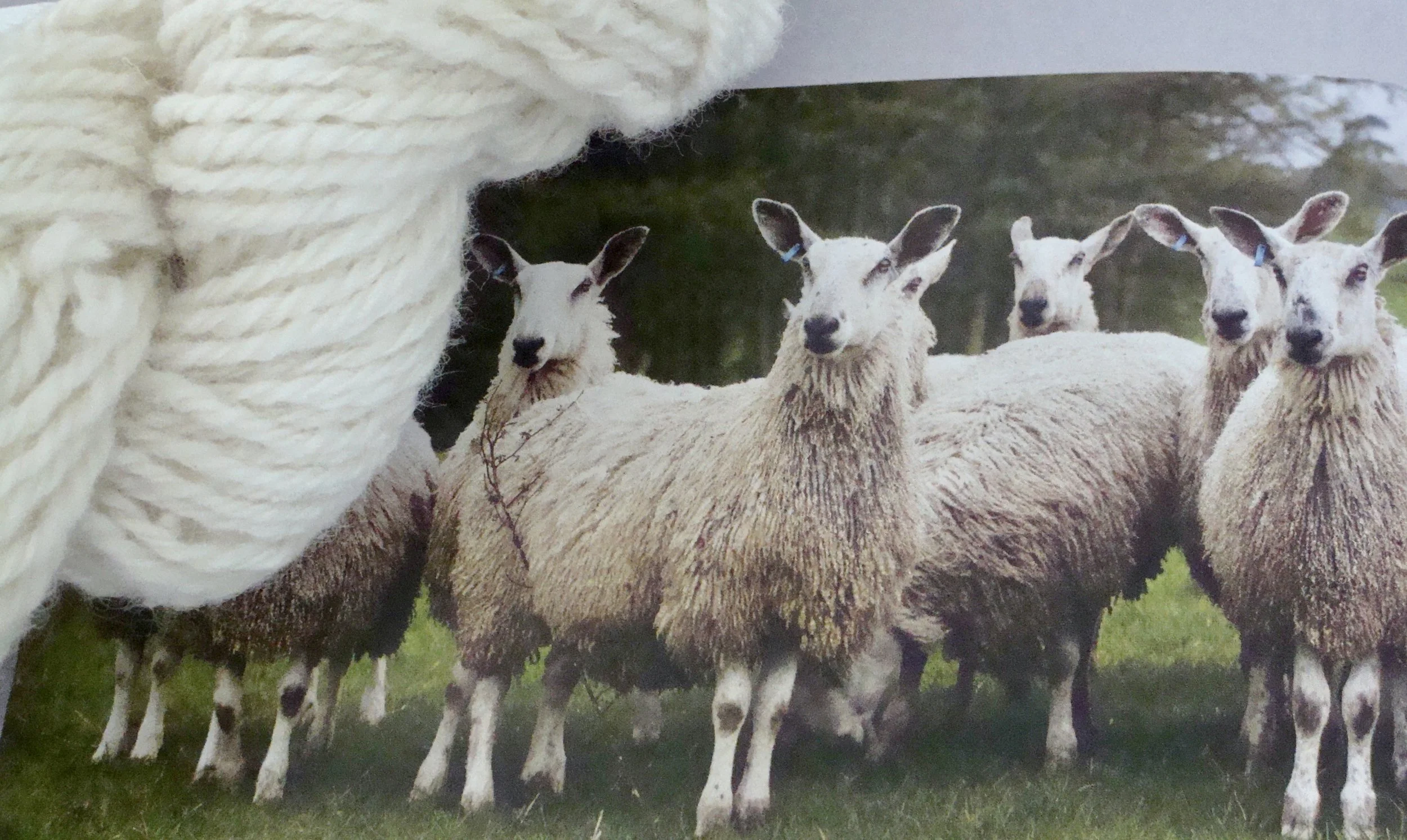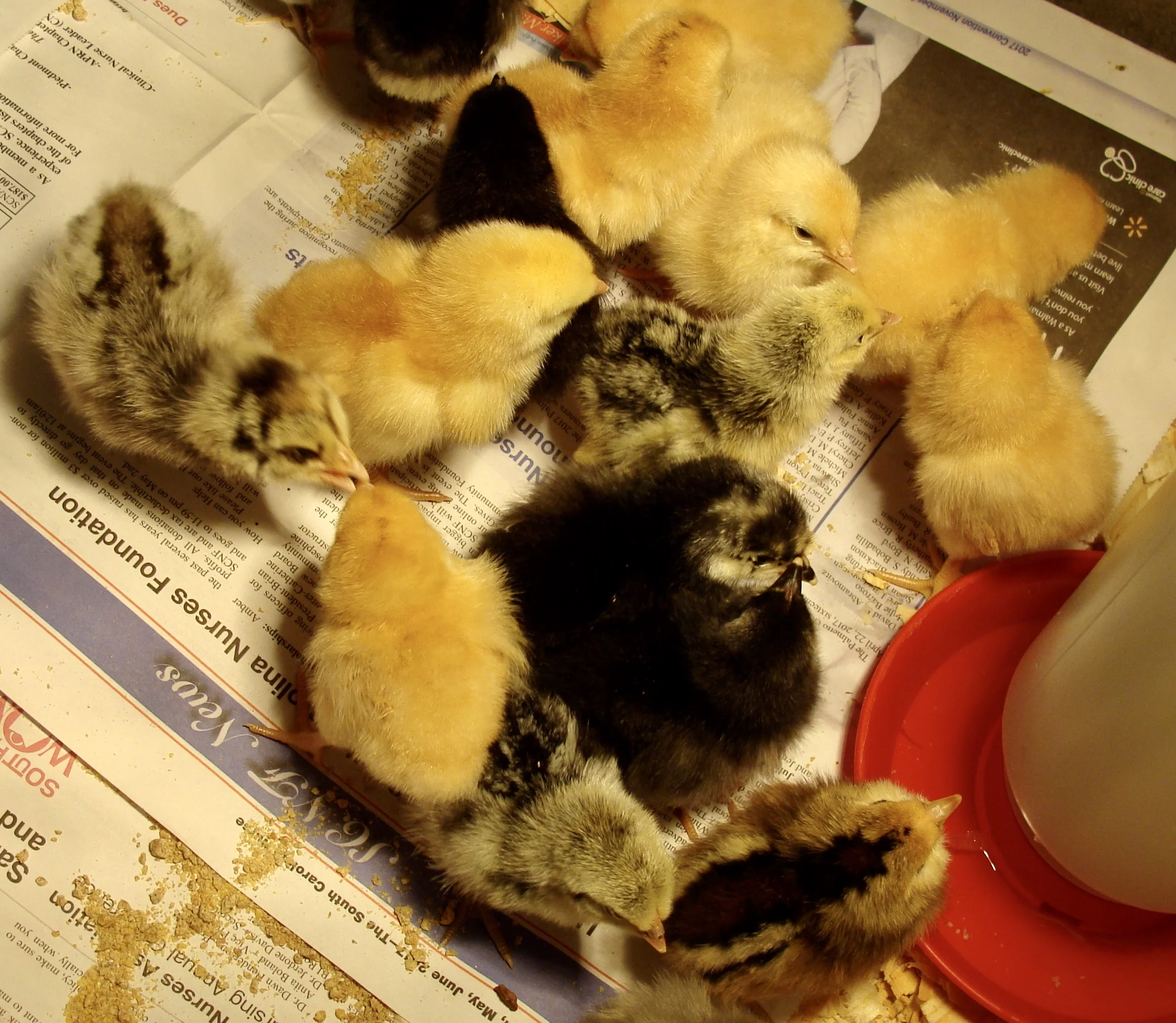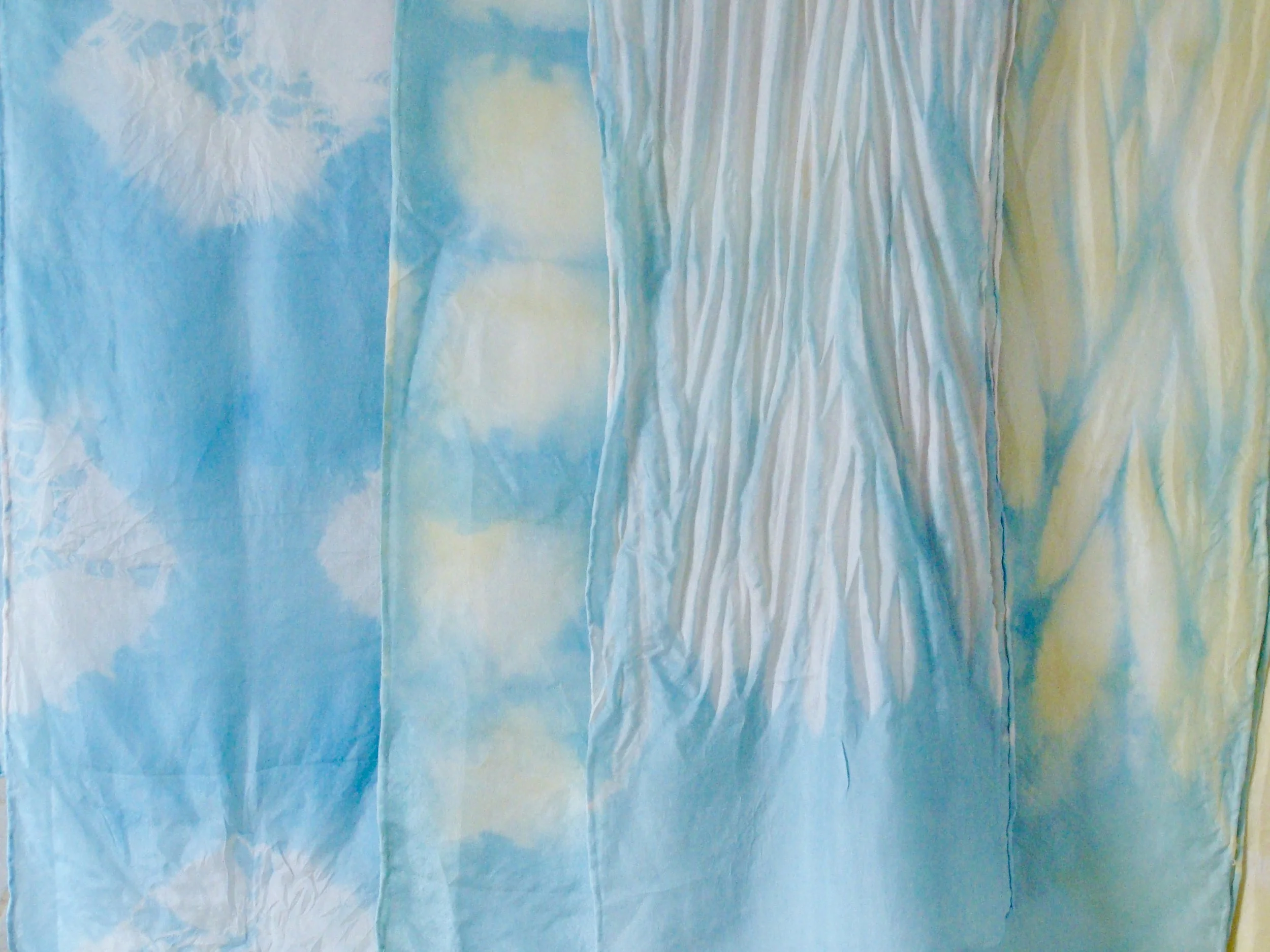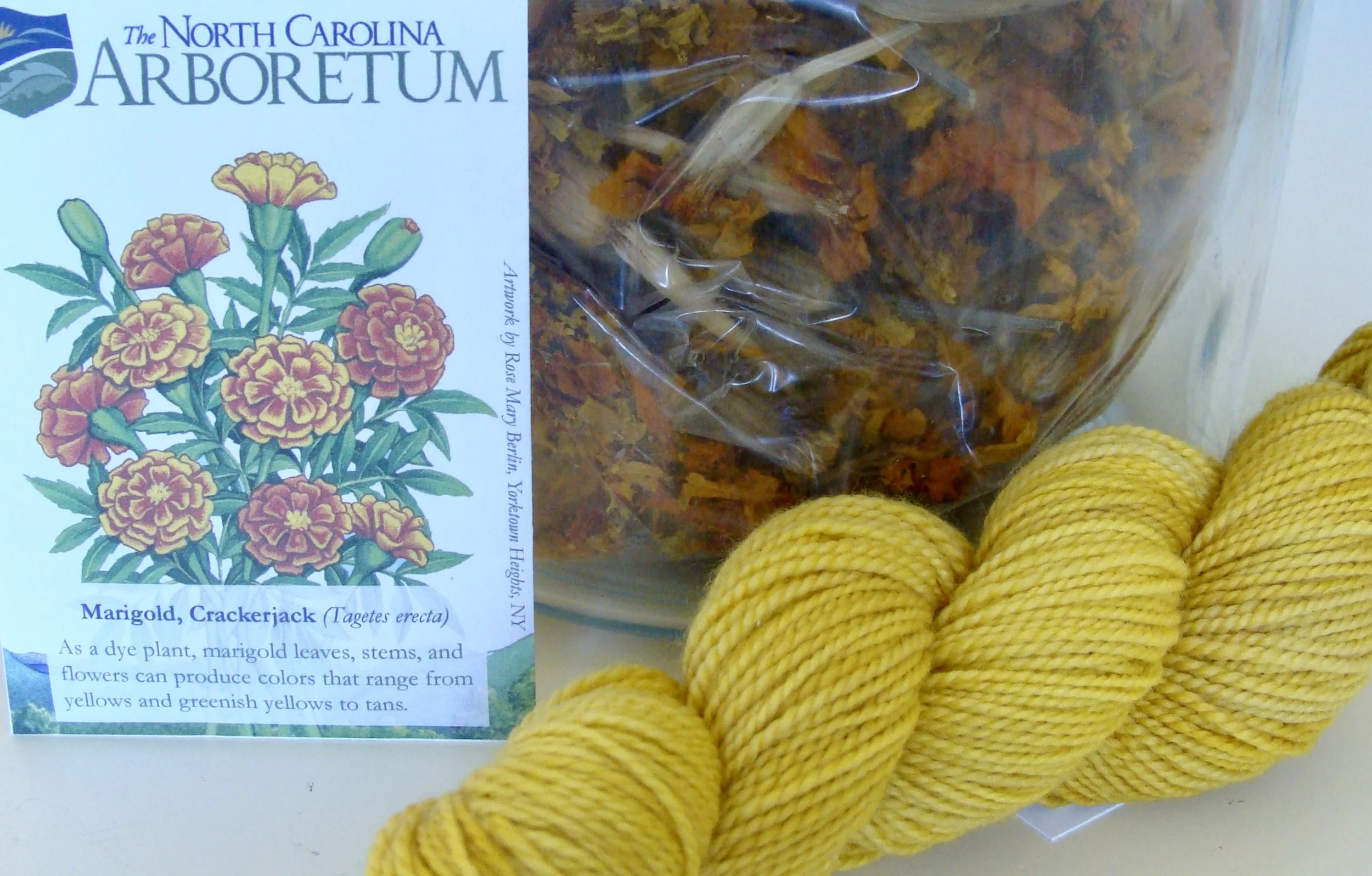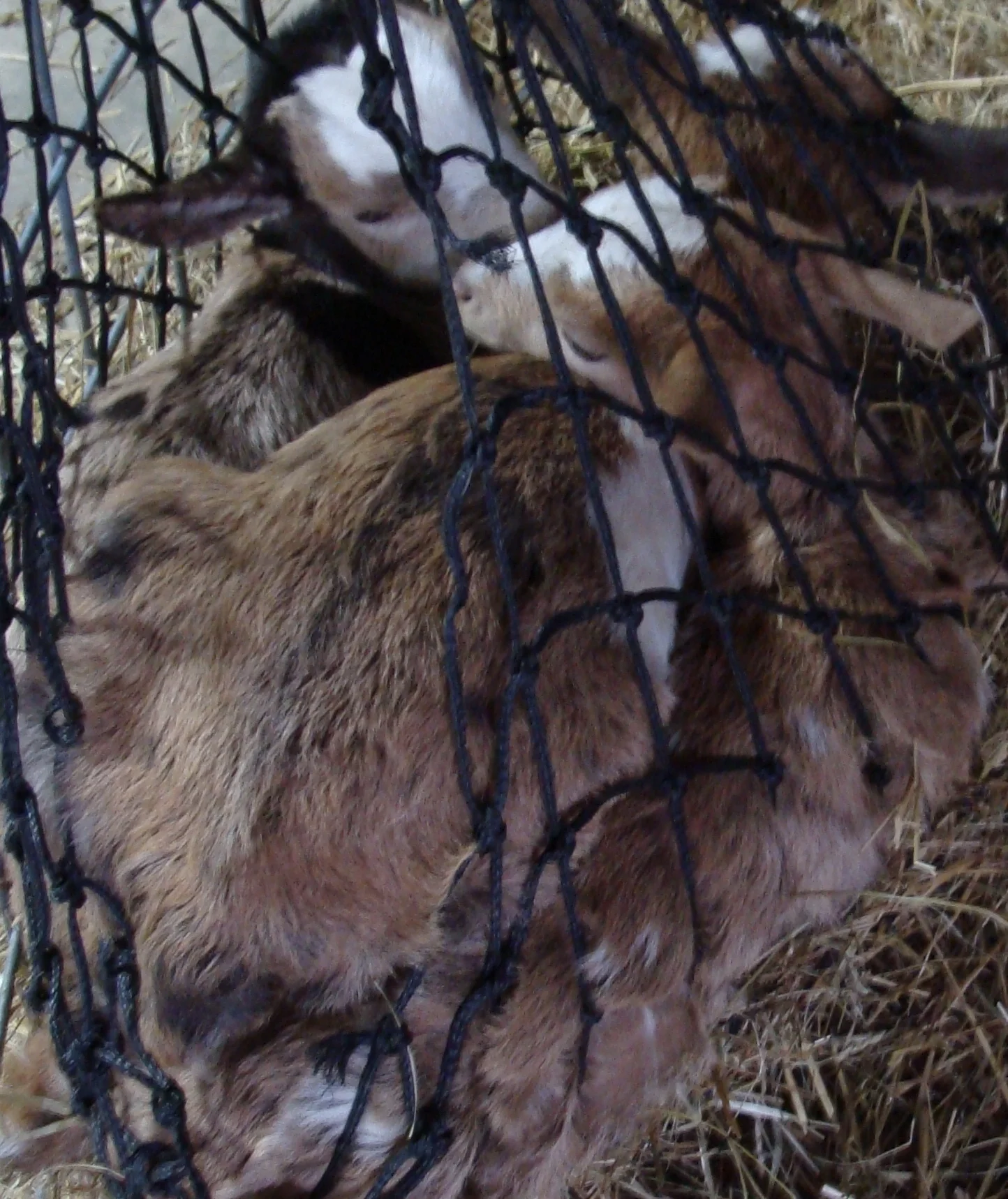This is Part 1 of a 2 part series on dyeing fabric using Shibori techniques.
Shibori is a Japanese dyeing technique that creates dye-resists in the cloth by folding, pleating, and/or bunching the fabric. These folds are then bound with stitching, clamps or rubber bands, preventing the dye from penetrating. Any fabric that is exposed and not compressed by the resist will be dyed while the resist area will remain white (or the color of the underlying cloth).


